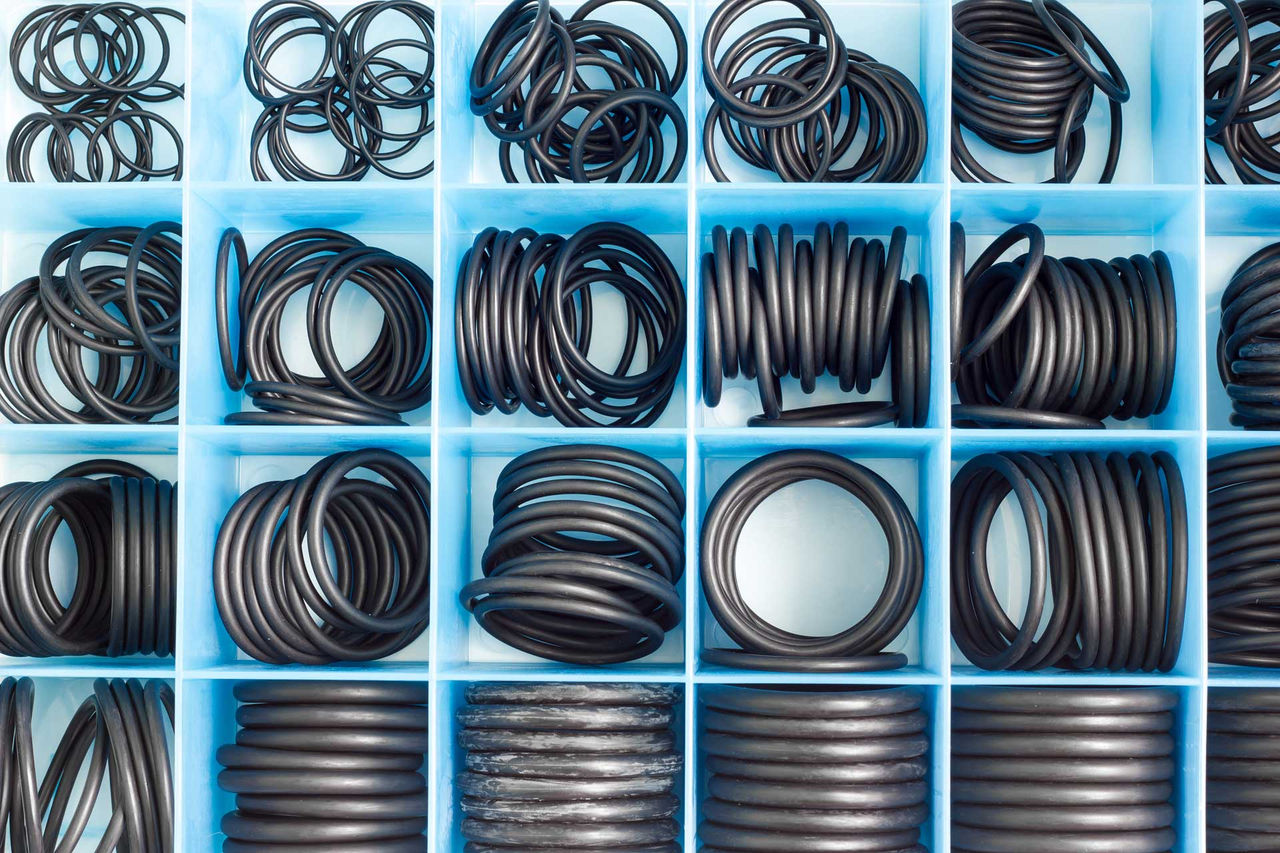In this article
Step-by-Step Guide for Correct O-Ring Installation
in Food contact applications for optimal Food Safety

Step 1: Understanding the Material
- Confirm that the O-ring material is suitable for use in contact with food, for example by selecting a EC1935 certified rubber materials.
- Check the chemical and temperature compatibility of the O-ring material with the food substances it will come in contact with, including cleaning agents.
Step 2: Pre-Installation Inspection
- ERIKS O-rings are expected to be supplied in good condition, but a quick visual check of the O-ring for any tears, cuts or abrasions that could affect its integrity.
- Verify that the O-ring size is appropriate for the application to ensure a proper seal.
Step 3: Installation Process
- Ensure that the surface where the O-ring will be placed is clean and free of debris.
- Carefully place the O-ring in its designated groove. Ensure the O-ring is seated properly and evenly in the groove without any twists.
- For O-rings in rod or cylinder applications, it might be useful to use a lubrication to ease the installation. In this case, select a lubricant that is compatible with the rubber material as well as certified for food use and compliant with any relevant regulations. An incompatible lubricant might cause the rubber to degrade/swell and effect seal performance. For example don’t use silicone lubricant on silicone O-rings, and don’t use mineral grease on EPDM O-rings.
Step 4: Post-Installation Check
- Once installed in its housing, double-check to ensure that the O-ring is correctly seated
- If possible, conduct a test under normal operating conditions to check for leaks or any other issues.
Step 5: Documentation and Compliance
- Document the type of O-ring used (ERIKS article number and ERIKS delivery number), the lubricant applied (if any) and the date of installation for future reference.
Important Considerations
- Ensure that staff responsible for O-ring installation are properly trained in these procedures.
- Have protocols in place for dealing with O-ring failures to minimize contamination risks, for example recognize O-ring damage.
For more information on Sealing and Polymer and to get in touch with one of our ERIKS specislists, please contact your local ERIKS Service Centre, who will be happy to discuss your options.
#ERIKS #LetsMakeIndustryWorkBetter #Seals #ORings #Installation

